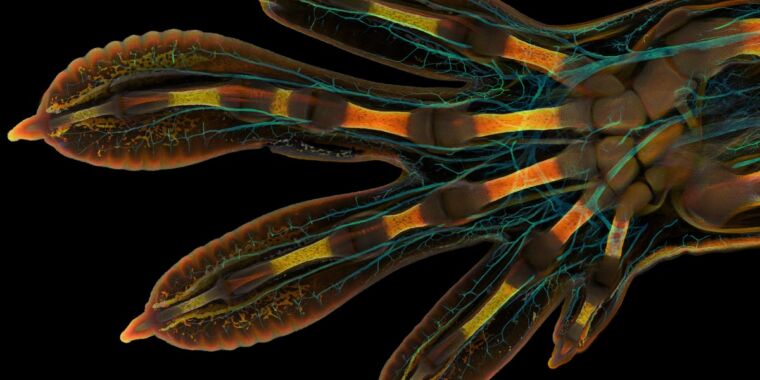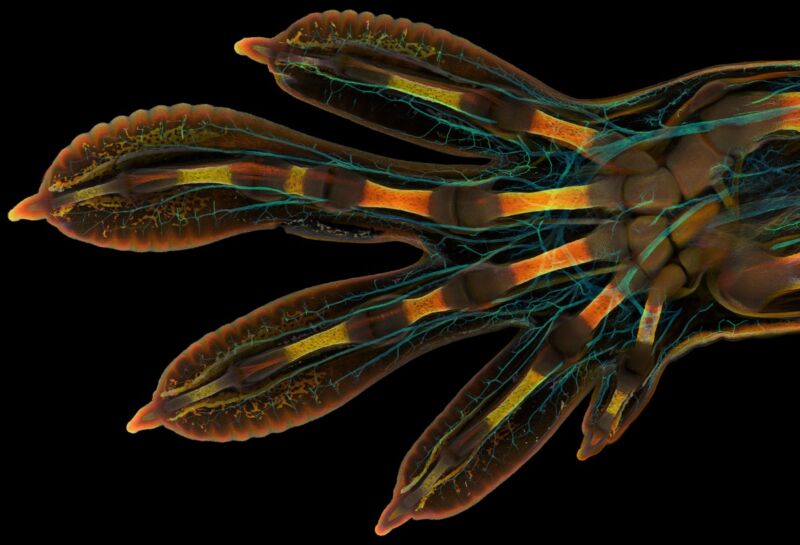
The Madagascar giant day gecko (Phelsuma grandis) is a popular exotic pet, perhaps because it somewhat resembles Geico’s beloved animated gecko mascot. Adults are about 10 inches long and are known for their bright green body color complemented by a red stripe running from the nostril to the eye. They can lick their eyeballs (a way to keep them clean as the creatures don’t have eyelids). And, of course, they wear those familiar adhesive pads on their feet and hands — ideal for clinging to smooth vertical surfaces — that physicists find so fascinating.
Now we have a unique perspective on the gecko’s most famous appendage: a striking photomicroscopy image of an embryonic hand of Phelsuma grandis, courtesy of a Swiss graduate student, Grigorii Timin, at the University of Geneva and his advisor, Michael Milinkovitch. It is the winning image in the Nikon Small World Photomicrography Competition 2022, designed to highlight “beautiful images from scientists, artists and micrographers of all experiences and backgrounds from around the world,” said Nikon communications manager Eric Flem.
The first step in creating the winning image was to prepare the sample using fluorescent staining of the tissue with full mounting. And an embryonic gecko hand is actually quite a large sample (about 3 mm or 0.12 inches long) when it comes to high-resolution microscopy. So Timin painstakingly stitched together hundreds of images – 300 tiles, each containing some 250 optical sections – using image stitching to create the final result. Those cyan-colored sections highlight the nerves in the embryonic hand, while other colors highlight bones, tendons, ligaments, skin, and blood cells.
Here are the remaining top 10 winners from this year’s contest. You can see the full list of winners and several honorable mentions here – 89 in all, selected from thousands of entries around the world.
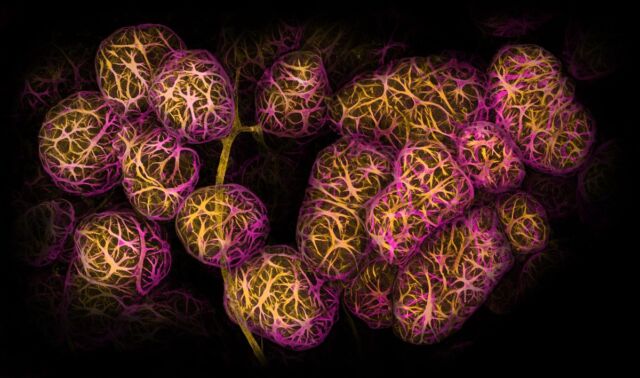
Caleb Dawson
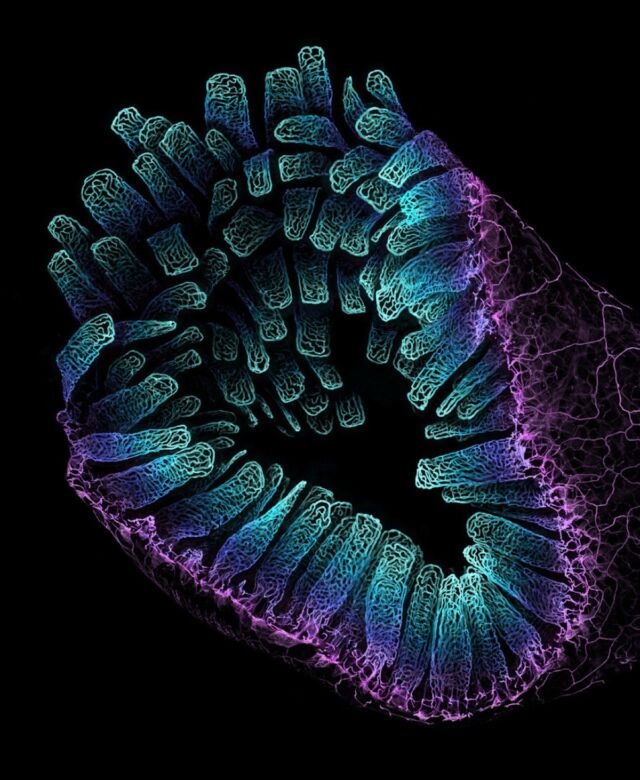
Satu Paavonsalo & Sinem Karaman
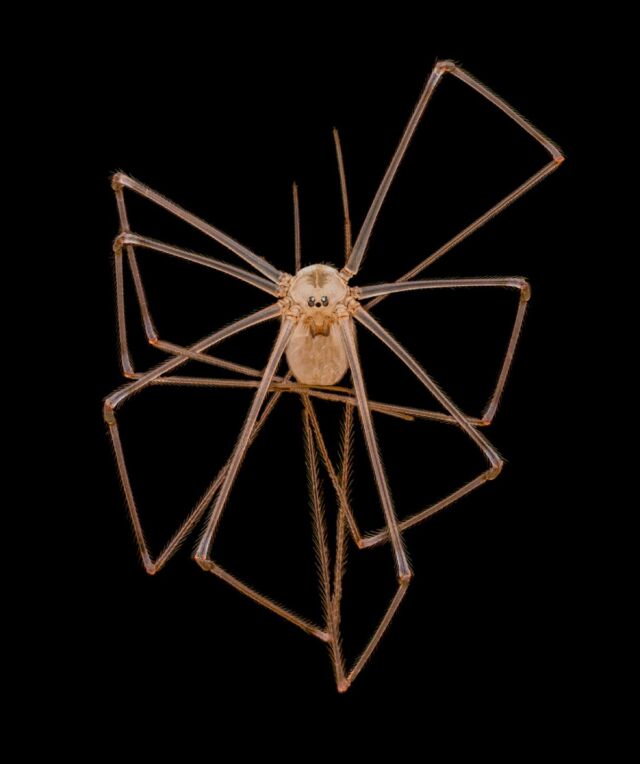
Andrew Posselt
Alison Pollack
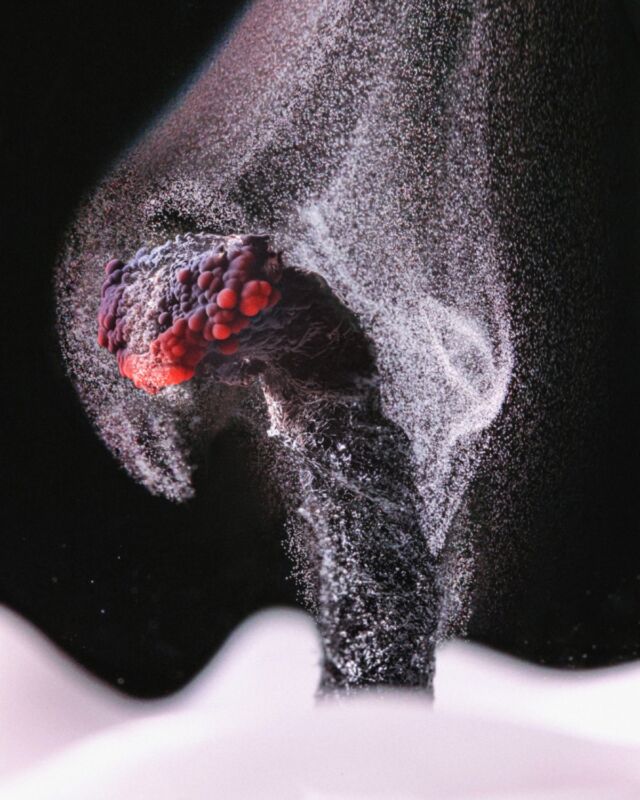
Ole Bielfeldt
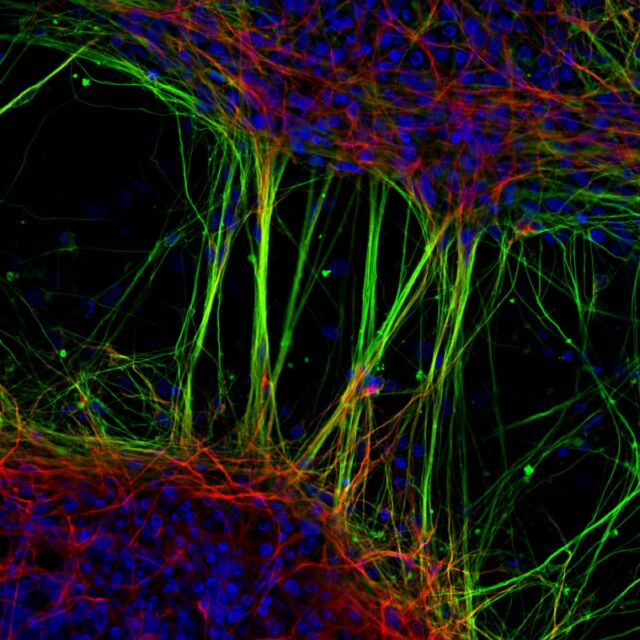
Jianqun Gao & Glenda Halliday
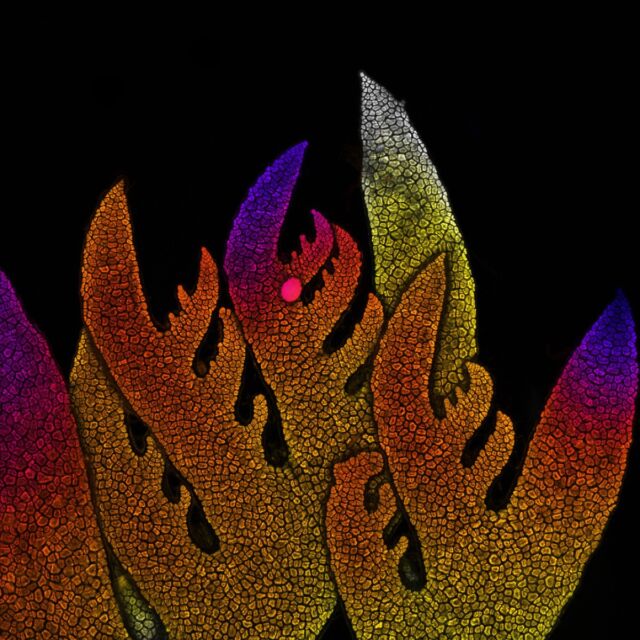
Nathanael Prunet
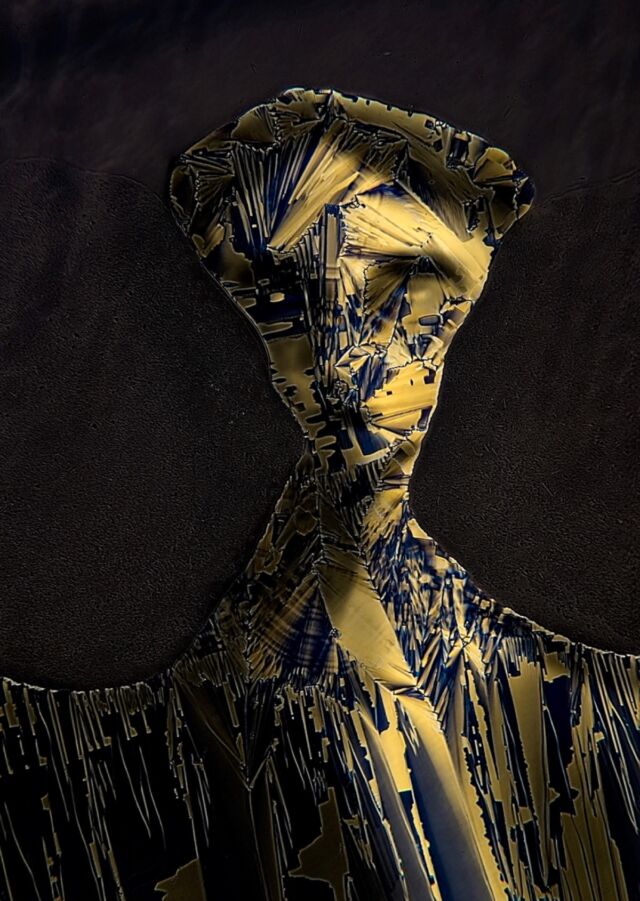
Marek Sutkowski
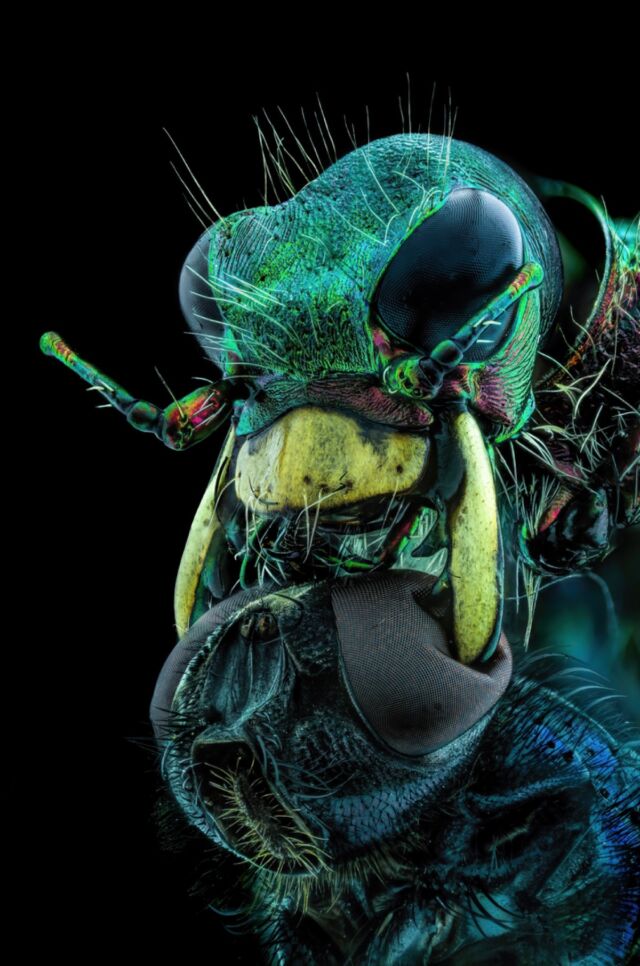
Murat Özturk
